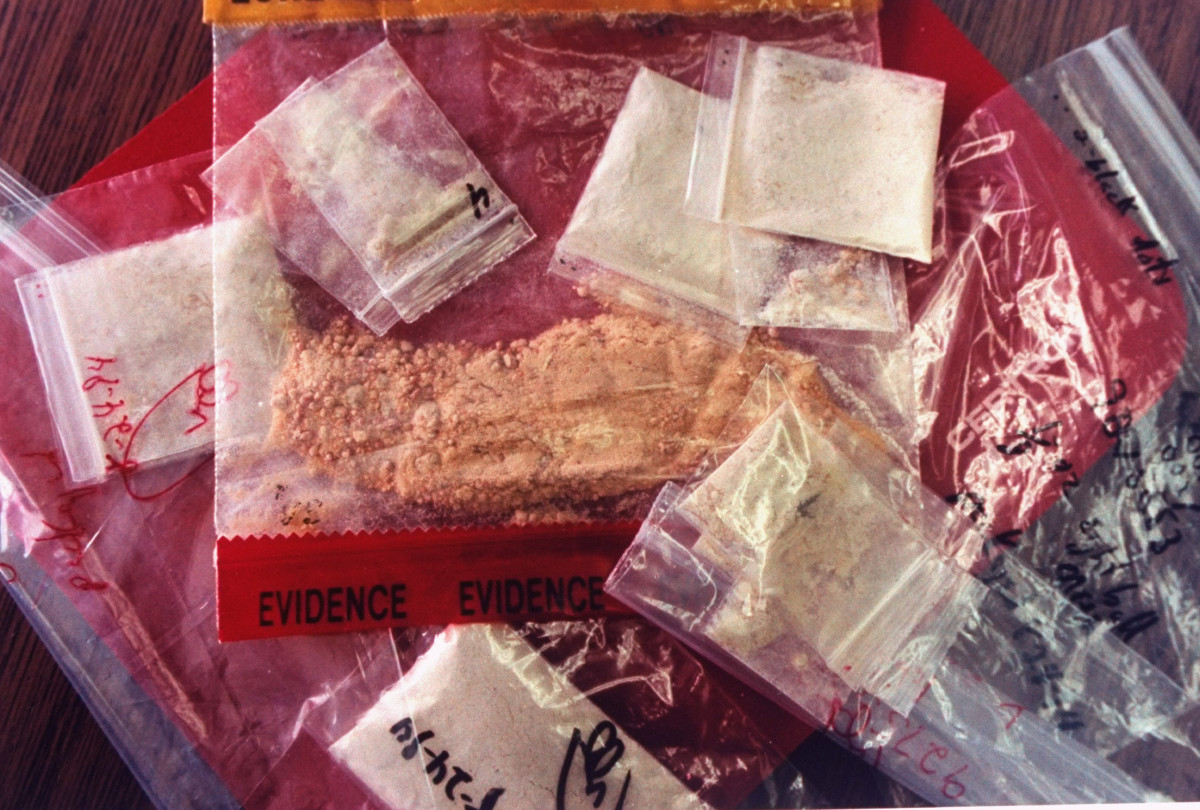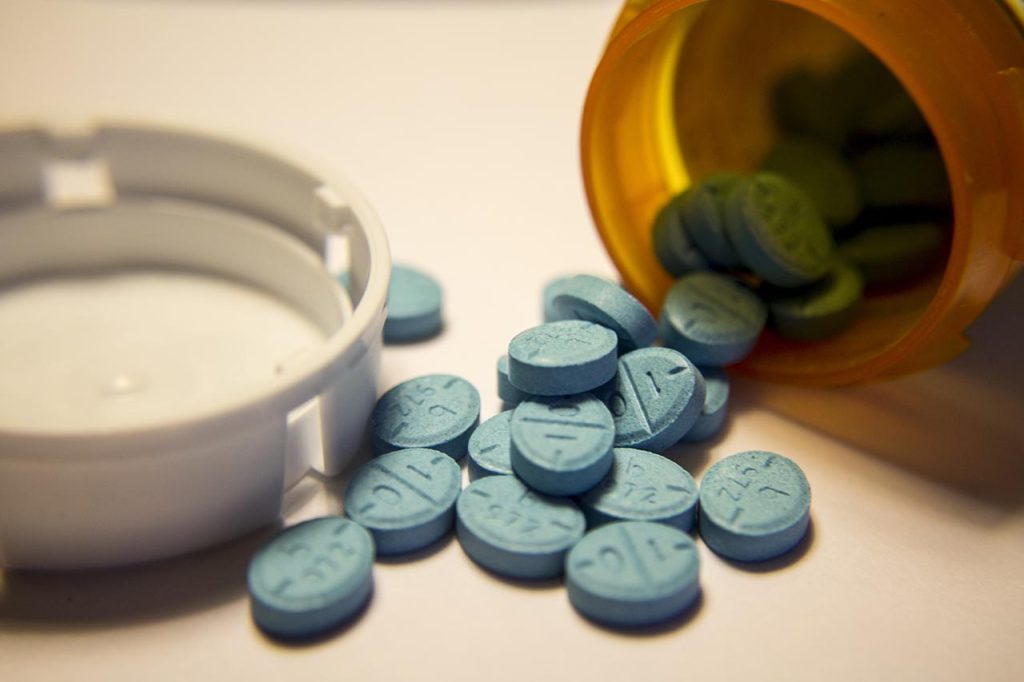Sleep Apnea Treatment: A Comprehensive Guide to Managing a Common Sleep Disorder
Sleep apnea is a common yet serious sleep disorder that affects millions of people worldwide. It is characterized by interrupted breathing during sleep, leading to poor sleep quality and a host of health issues. Fortunately, there are several effective treatment options available to manage sleep apnea and improve the overall quality of life for those suffering from this condition. In this article, we will delve into the various treatment options for sleep apnea, including lifestyle changes, medical interventions, and alternative therapies.
Lifestyle Changes:
Lifestyle changes are often the first line of defense in managing sleep apnea, particularly for mild cases. Here are some lifestyle changes that can help alleviate sleep apnea symptoms:
- Weight loss: Obesity is a major risk factor for sleep apnea, as excess weight can put pressure on the airway, leading to breathing difficulties during sleep. Losing weight through a healthy diet and regular exercise can reduce the severity of sleep apnea and improve overall sleep quality.
- Sleep position: Sleeping on your back can exacerbate sleep apnea symptoms, as it allows the tongue and soft tissues to collapse at the back of the throat, blocking the airway. Sleeping on your side or using a body pillow to keep you in a lateral position can help maintain an open airway and reduce sleep apnea symptoms.
- Avoiding alcohol and sedatives: Alcohol and sedatives relax the muscles in the airway, making it more prone to collapse during sleep. Avoiding or reducing the consumption of alcohol and sedatives, especially close to bedtime, can help reduce sleep apnea symptoms.
- Regular sleep schedule: Establishing a regular sleep schedule, with consistent bedtimes and wake times, can help regulate the sleep-wake cycle and improve sleep quality. Maintaining a consistent sleep schedule can also reduce the occurrence of sleep apnea events during the night.
Medical Interventions:
For moderate to severe cases of sleep apnea, medical interventions may be necessary. These interventions aim to keep the airway open during sleep and prevent interruptions in breathing. Here are some common medical interventions for sleep apnea:
- Continuous Positive Airway Pressure (CPAP) therapy: CPAP is the most common and effective treatment for sleep apnea. It involves wearing a mask over the nose or nose and mouth that delivers a continuous flow of air pressure to keep the airway open during sleep. CPAP machines come in various styles and sizes to suit different needs and comfort levels.
- Bilevel Positive Airway Pressure (BiPAP) therapy: BiPAP is similar to CPAP, but it delivers two levels of air pressure – one during inhalation and a lower pressure during exhalation. This makes it easier to exhale and may be recommended for individuals who have difficulty exhaling against the pressure of a CPAP machine.
- Adaptive Servo-Ventilation (ASV) therapy: ASV is a newer form of positive airway pressure therapy that adjusts the pressure based on the individual’s breathing patterns. It is typically used for treating complex sleep apnea, which involves a combination of obstructive and central sleep apnea events.
- Oral appliances: Oral appliances are devices that are worn in the mouth during sleep to reposition the jaw and tongue, helping to keep the airway open. They are often recommended for individuals with mild to moderate sleep apnea or those who cannot tolerate CPAP therapy.
- Surgery: In some cases, surgery may be recommended to remove excess tissue from the throat or correct structural abnormalities that are causing sleep apnea. Surgical options include uvulopalatopharyngoplasty (UPPP), genioglossus advancement (GA), and maxillomandibular advancement (MMA).





